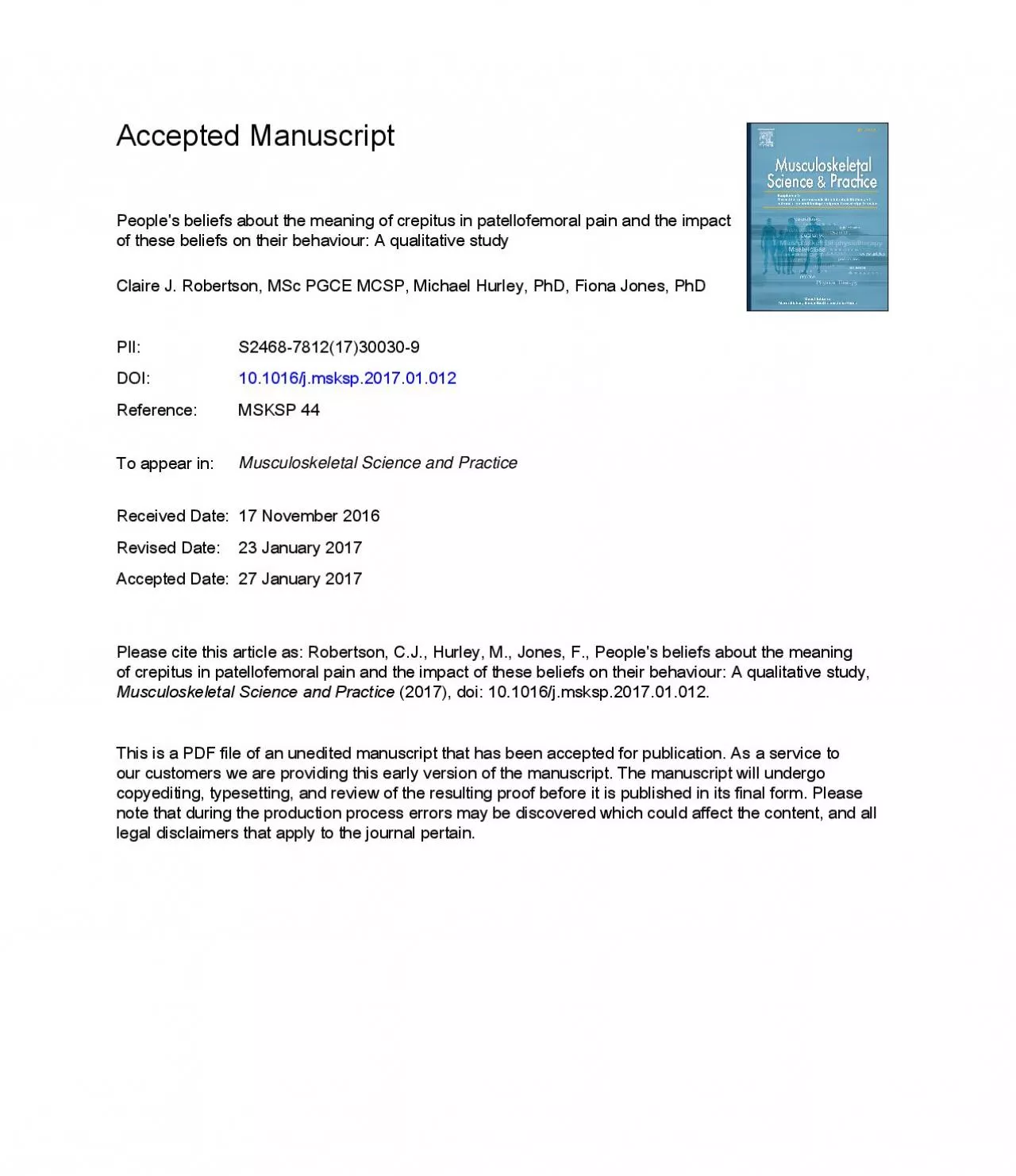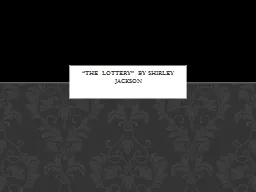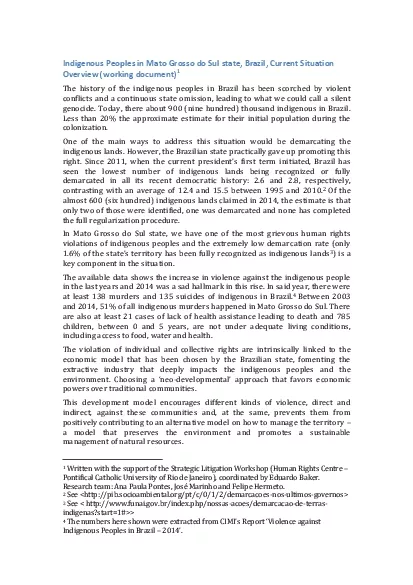PDF-Title Peoples Beliefs about the meaning of crepitus in patellofemora
Author : amey | Published Date : 2022-08-25
Abstract Background A feature of patellofemoral pain is joint crepitus Several causes of crepitus have been described but previous research has focused on the pathological
Presentation Embed Code
Download Presentation
Download Presentation The PPT/PDF document "Title Peoples Beliefs about the meaning ..." is the property of its rightful owner. Permission is granted to download and print the materials on this website for personal, non-commercial use only, and to display it on your personal computer provided you do not modify the materials and that you retain all copyright notices contained in the materials. By downloading content from our website, you accept the terms of this agreement.
Title Peoples Beliefs about the meaning of crepitus in patellofemora: Transcript
Download Rules Of Document
"Title Peoples Beliefs about the meaning of crepitus in patellofemora"The content belongs to its owner. You may download and print it for personal use, without modification, and keep all copyright notices. By downloading, you agree to these terms.
Related Documents














